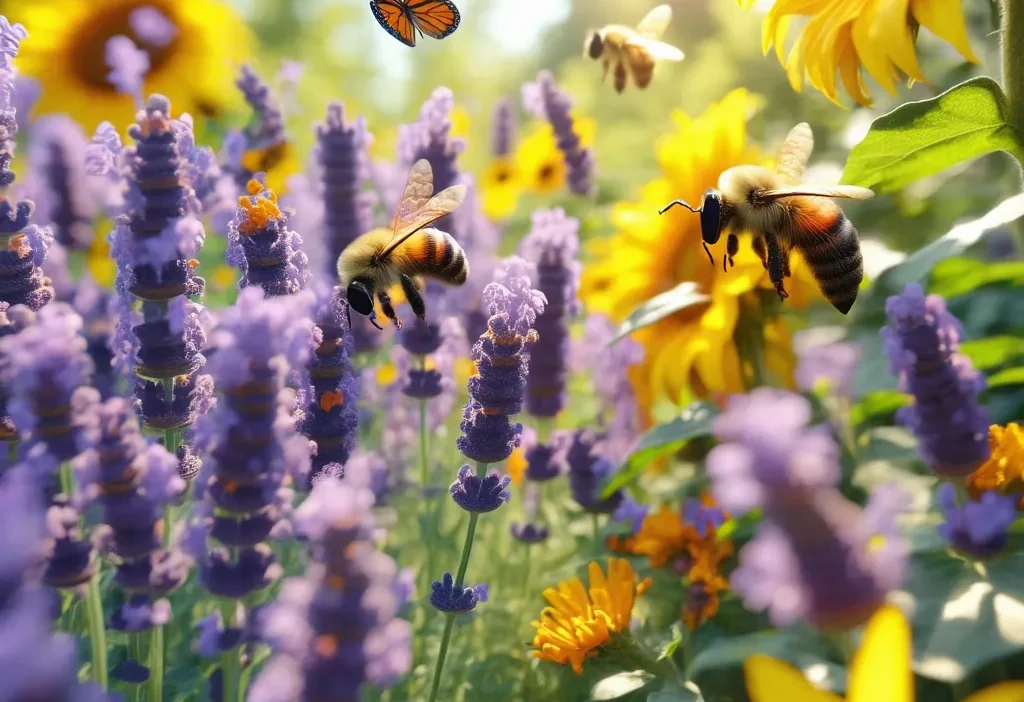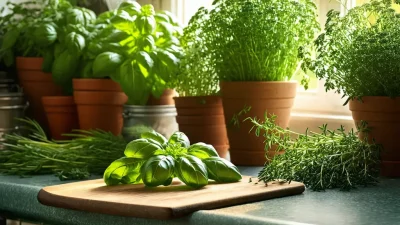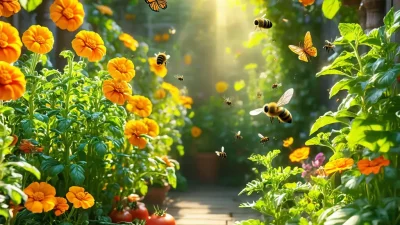How to Create a Pollinator-Friendly Garden: A Step-by-Step Guide
Gardening isn’t just about creating a beautiful space; it’s also about fostering life and supporting the environment. One of the most impactful ways to do this is by creating a pollinator-friendly garden. These gardens provide essential resources for bees, butterflies, birds, and other pollinators, which are crucial for our ecosystem. In this guide, we’ll walk you through how to design and maintain a garden that supports these vital creatures.
Why Pollinators Matter
Pollinators play a critical role in the production of fruits, vegetables, and nuts. They help plants reproduce by transferring pollen from one flower to another. Without them, many of the foods we enjoy would be in short supply. By creating a pollinator-friendly garden, you’re not only helping these creatures thrive but also contributing to global food security.
Step 1: Choose the Right Plants
The foundation of any successful pollinator garden is selecting the right plants. Here are some tips for choosing bee-friendly and butterfly-attracting flora:
- Native Plants: Opt for plants that are native to your region. These have evolved alongside local pollinators and provide them with the best resources.
- Colorful Blooms: Brightly colored flowers, especially yellows, blues, and purples, are particularly attractive to bees and butterflies.
- Seasonal Variety: Ensure there’s a continuous supply of blooms throughout the growing season. This means planting early spring flowers like crocuses and daffodils, mid-summer favorites like lavender and sunflowers, and late-season bloomers like asters and goldenrod.
- Avoid Pesticides: Chemical pesticides can harm pollinators, so choose organic or natural alternatives when necessary.
Step 2: Design Your Garden Layout
The layout of your garden plays a significant role in its effectiveness as a pollinator habitat. Here are some design tips:
- Cluster Flowers: Grouping similar flowers together makes it easier for pollinators to find and feed on them.
- Create Layers: Include plants of varying heights, from ground covers like thyme to taller shrubs and trees. This creates a diverse habitat that accommodates different pollinator species.
- Add Water Features: A shallow birdbath or dish with water can provide a drinking source for bees and butterflies.
Step 3: Provide Habitat and Shelter
In addition to food, pollinators need places to rest, nest, and overwinter. Here’s how you can provide these essential elements:
- Bee Hotels: Install a bee hotel or leave dead wood in your garden to provide nesting sites for solitary bees.
- Butterfly Puddles: Create a sunny spot with damp sand where butterflies can gather to drink water and obtain essential minerals.
- Leaving Some Mess: Don’t be too tidy! Leaving dead leaves, stems, and branches can provide shelter for overwintering insects.
Step 4: Avoid Pesticides
Pesticides are harmful to pollinators. To protect your garden without using chemicals, try these natural pest control methods:
- Hand-Picking: Remove pests like aphids by hand or with a blast of water from the hose.
- Encourage Natural Predators: Attract birds and beneficial insects like ladybugs and lacewings that will help control pest populations.
- Use Companion Planting: Certain plants, such as marigolds and nasturtiums, can repel pests naturally.
Step 5: Monitor and Maintain
Your pollinator garden will require some care to ensure it remains a vibrant habitat. Here are some maintenance tips:
- Deadheading: Regularly deadhead flowers to encourage more blooms throughout the season.
- Watering: Keep your garden well-watered, especially during dry periods. Use a watering can or hose with a gentle spray to avoid disrupting pollinators.
- Clean-Up: In the fall, leave some plant debris for overwintering insects but clean up any diseased plant material to prevent pests and diseases from taking hold in the next growing season.
Step 6: Educate and Share
Your pollinator-friendly garden can inspire others to take action. Share your knowledge with friends, family, and neighbors. You might even consider creating a community garden or participating in local initiatives that promote pollinator conservation.
Additional Resources
For more information on creating a pollinator-friendly garden, check out these resources:
By following these steps, you’ll be creating a haven that supports pollinators and contributes to a healthier planet. Happy gardening!





